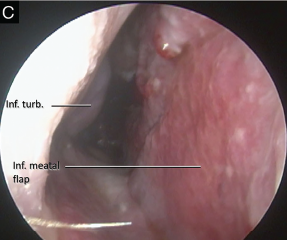
Fig. 2. (C) One month post-operative image showing well healed flap and no evidence of dehiscence.
Results
Six patients had IMF technique in vivo, four patients for resurfacing of the quadrangular cartilage after NSF harvest. The IMF flap covered most of the quadrangular cartilage exposed and reached the nasal dorsum area in all four cases. Mucosalization of the anterior septum appeared complete or near-complete for all patients by one month postoperatively. The flap was also used in two patients for closure of a septal perforation. Patients were followed postoperatively for six months. Both septal perforation repairs were successful. There was no flap necrosis or other permanent complication observed. Transient numbness of the maxillary incisors was present in two patients, both of whom underwent NSF harvest. In both cases, this resolved by the patient’s three-month postoperative visit.
Explore This Issue
May 2021The IMF heals rapidly (Fig. 2). When used for septal perforation repair, the mucosa completely covers the perforation postoperatively and is completely healed one month postoperatively. During NSF resurfacing, the exposed septal cartilage is immediately covered by the IMF. The posterior bony septum and IMF donor site shows signs of granulation at one week postoperatively and near-complete granulation within one month.